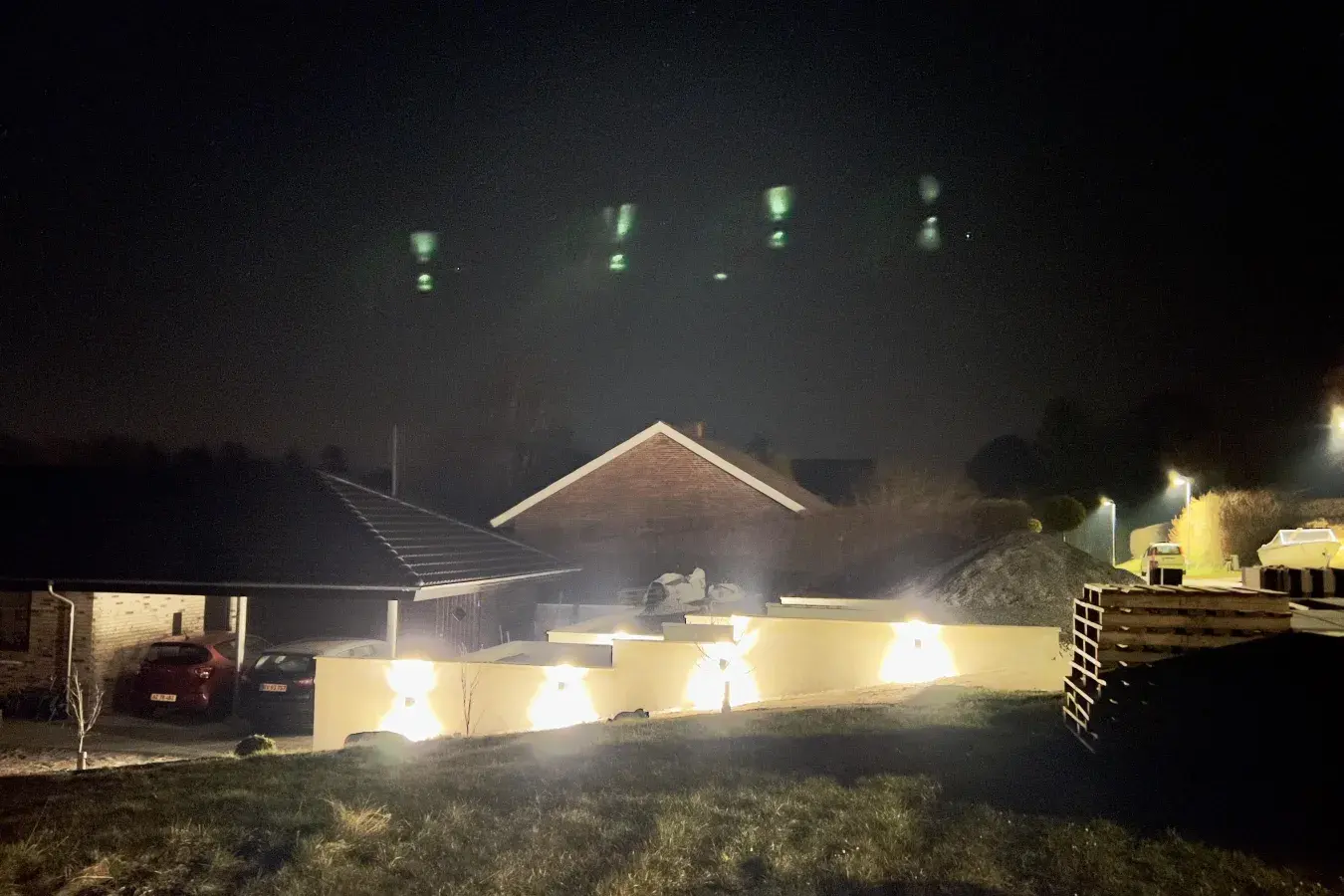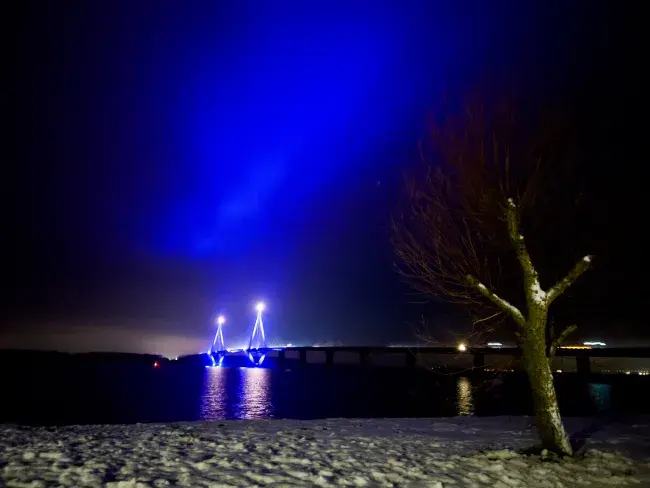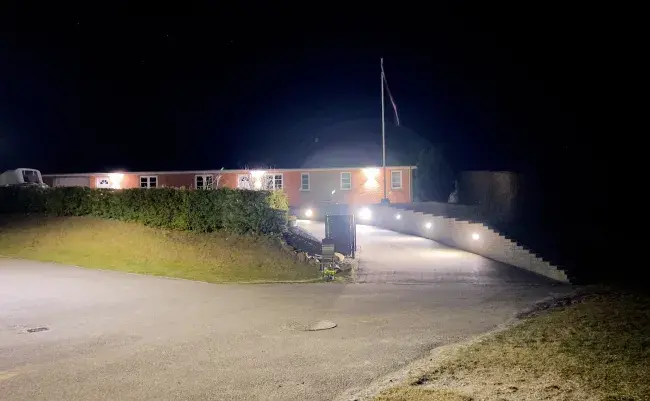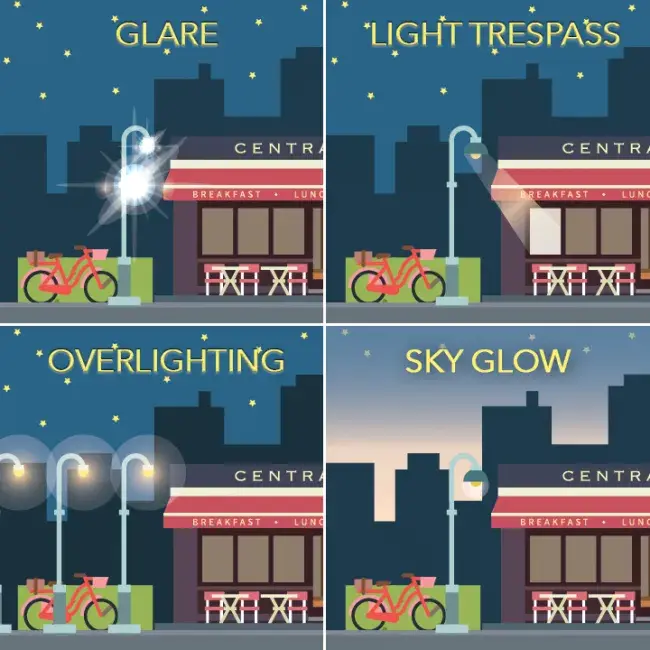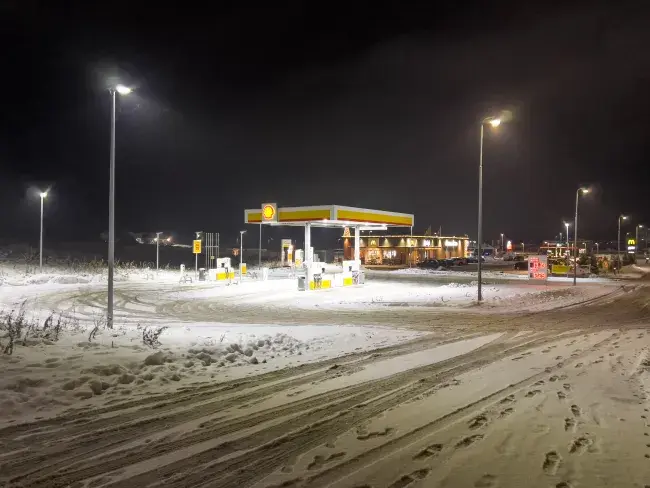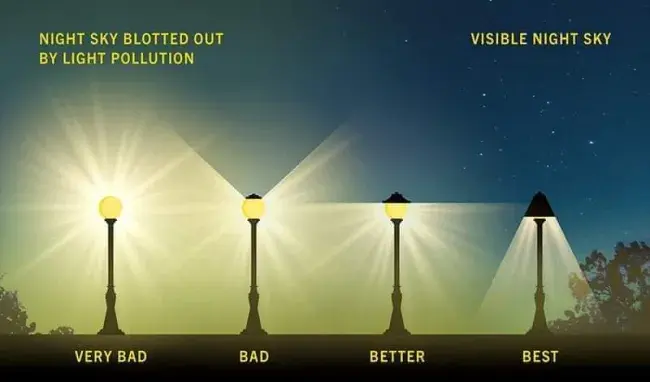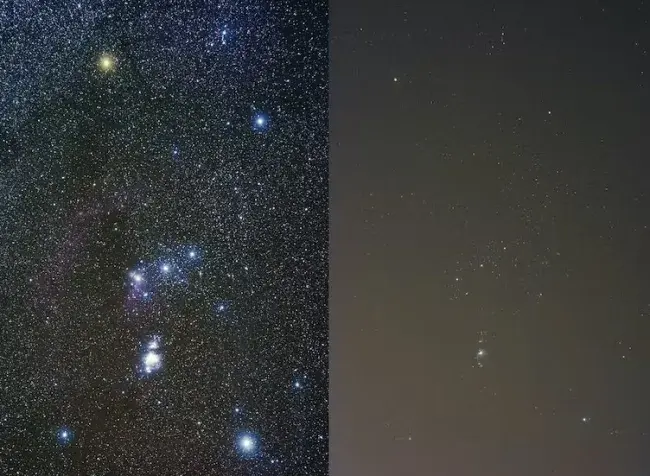Light pollution refers to excessive, harmful or unwanted lighting in the night sky and on the ground. This phenomenon occurs as a result of redundant or poorly directed artificial light. Here are some important points about light pollution:
Causes of light pollution
Light pollution occurs primarily as a consequence of city lighting, advertising lighting, street lights and industrial installations. These sources emit light that scatters in the atmosphere and dazzles the night, making it difficult to see the stars and disrupting ecosystems and people.
Types of light pollution
- Shadow pollution: This occurs when light leaks beyond the area it is intended to illuminate, such as street lights that cast light upwards and to the sides.
- Surface light pollution: This is what we usually associate with light pollution - the city glow that makes it difficult to see the night sky.
- Light Shield: This is the direct light that shields the sky and stars from observers.
Consequences of light pollution
Light pollution has negative consequences for both the environment and people. It can disrupt the natural behavior patterns of wildlife, disrupt ecosystems and have health impacts on humans, including sleep disturbances and increased risk of certain diseases.
Solutions and prevention
There are several ways to reduce light pollution, including the use of lower intensity lighting, shielding light sources, using motion sensors to turn lights on and off as needed, and developing light-efficient light sources. Some communities and regions have also introduced laws and policies to limit light pollution.
Light fixtures should be fully shielded and not emit any light above the horizontal plane. There should be no sag or drop lenses, side light panels, uplight panels, etc.
All lamps should use warm-toned (less than 3000K) white light sources or could use amber light sources or filtered LED light sources.
Preservation of the night sky
Reducing light pollution is also important to preserve the night sky and the ability to see stars and other astronomical phenomena. Dark areas with limited light pollution are called "dark sky parks" and are used for astronomical research and recreation.
Ultimately, combating light pollution is about finding a balance between lighting our surroundings for safety and efficiently while respecting the need for dark and natural night sky areas.

